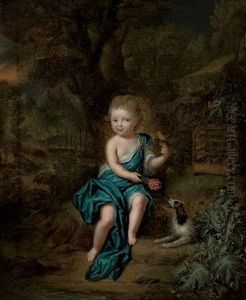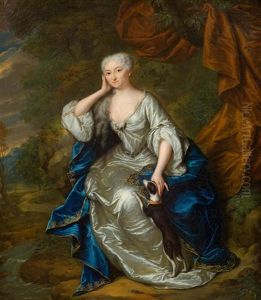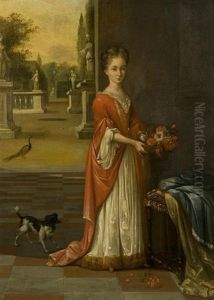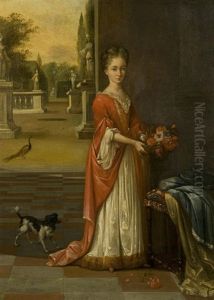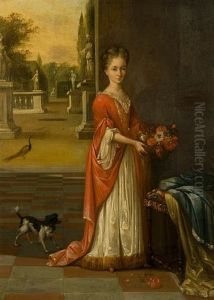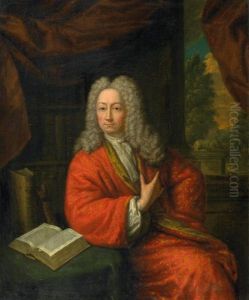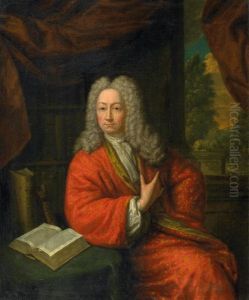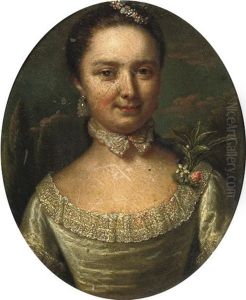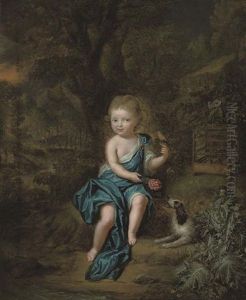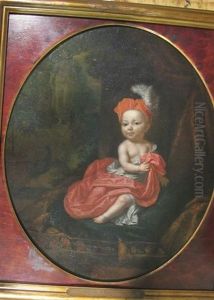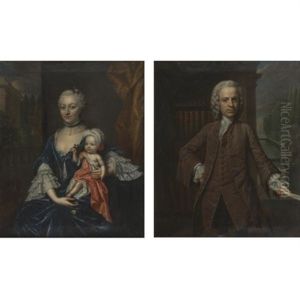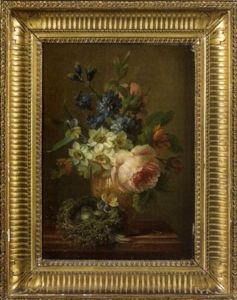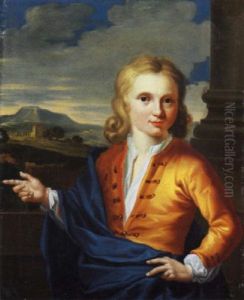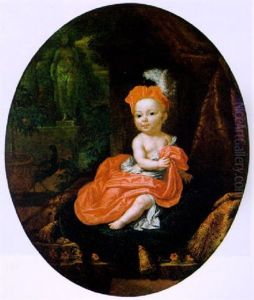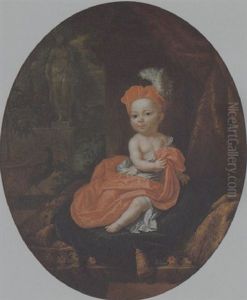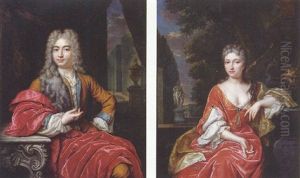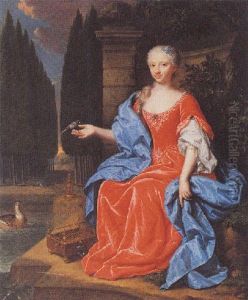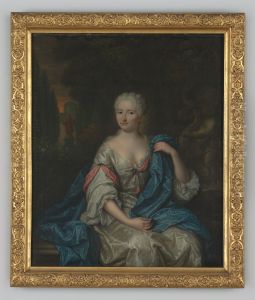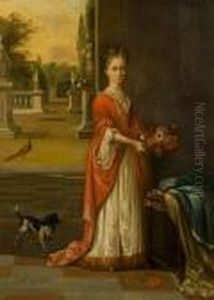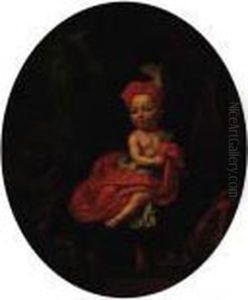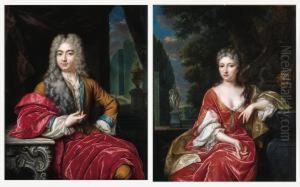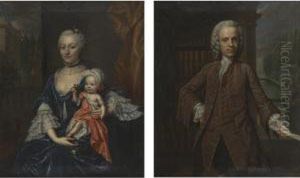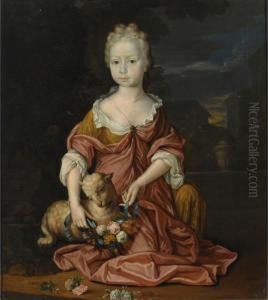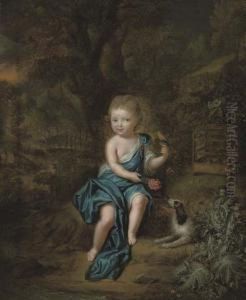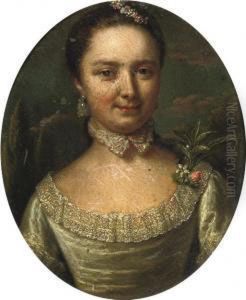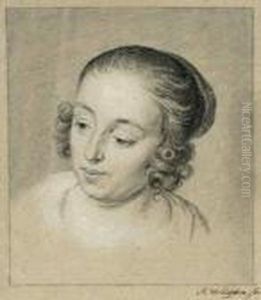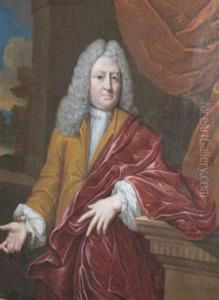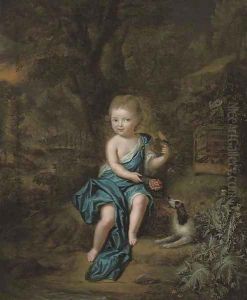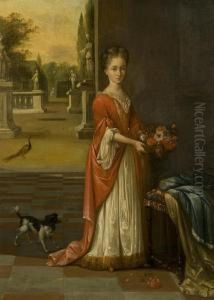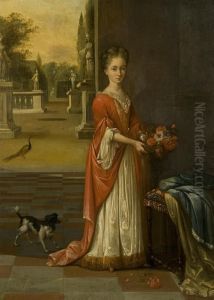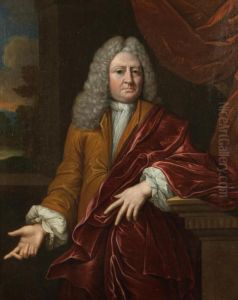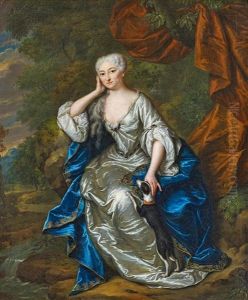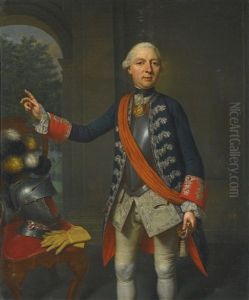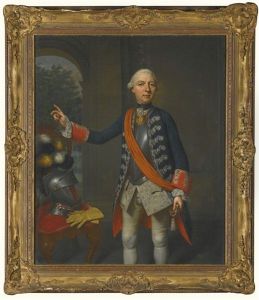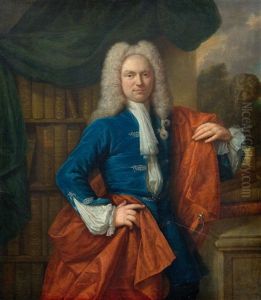Mattheus Verheyden Paintings
Mattheus Verheyden was a Dutch painter born in the early 18th century, renowned for his portraits and historical paintings. Originating from Breda, Netherlands, Verheyden's artistic journey began in his hometown, where he first developed his skills in painting. His early work primarily involved religious themes and portraits of local dignitaries and townsfolk, which helped him establish a name for himself within the local art community.
Verheyden's style was heavily influenced by the Baroque movement, which was dominant during his lifetime. He was particularly inspired by the works of Peter Paul Rubens and Anthony van Dyck, whose influence is evident in his use of dramatic lighting and rich, vibrant colors. Despite this, Verheyden managed to infuse his own unique touch into his paintings, combining the grandeur of Baroque with a more nuanced and detailed approach to character depiction.
Throughout the mid-18th century, Verheyden's reputation grew, and he began to receive commissions from beyond his hometown, including from the Dutch royal court and prominent figures across Europe. His ability to capture the personality and essence of his subjects made him a favored artist among the aristocracy.
However, despite his success, little is known about Verheyden's personal life, and many details remain shrouded in mystery. He never married, and there are few records of his personal correspondence or thoughts on his art.
Verheyden continued to paint until his death in 1776. Today, his works are considered important examples of Dutch Baroque painting, though they are not as widely recognized as those of his contemporaries. His paintings can be found in several museums across the Netherlands and occasionally appear in international exhibitions, offering a glimpse into the rich artistic heritage of the Dutch Golden Age.
